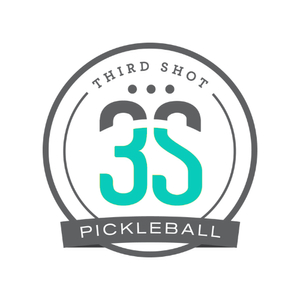Why does the followthrough matter? If you’re like most people, your answer to this question is incorrect.
There’s a very good chance that you believe the followthrough helps send the ball where you intend it to go. Whether you’re hitting a serve or a return, a drive or a lob, you may think that you should follow through toward your target so that the ball goes in that direction. But does it really work that way? No, it does not.
Imagine for a moment that you are going on a vacation to a tropical paradise. You buy your tickets, pack your bags, and arrange for transportation to the airport. After going through security and getting on the plane, you realize, about 30 minutes into the flight, that you left your oven on. You have a problem, and it's too late to rectify it.
This scenario bears some resemblance to the concept of the followthrough. By the time it occurs, the critical moment has passed. In the same way that wishing you had remembered to turn off the stove doesn't change anything, following through toward a target does not affect the ball's trajectory. It's too late. That ship has sailed.
Let me elaborate further.
A pickleball swing consists of three phases: the time when the paddle is moving toward the ball, the moment of contact, and then the followthrough. By the time the third phase, the followthrough, takes place, the ball has already left the paddle, correct? Whether it's moving fast or slow, low or high, left or right, the ball is now traveling away from the player and toward their opponent. Therefore, it is impossible for what a player does with their paddle and body to influence the ball's flight. It's simply too late.
Now, this doesn't mean that the followthrough isn't significant. The followthrough is quite important, just not for the reason most people believe. The followthrough conveys a story. It provides insights into the player's swing path: whether it's from low to high, high to low, or level. It also offers information about the speed of the swing and the tightness or looseness of the player's muscles during contact. For instance, a very short followthrough indicates that the paddle was moving slowly during contact, or the player's muscles were tight and applying the brakes. Conversely, a long and smooth followthrough suggests that the player's body was relaxed during contact, and the paddle likely had significant speed when it made contact with the ball. The followthrough serves as an indicator of the player's swing, but it does not determine the ball's destination. Since the ball has already left the paddle, it's not much different from being on an airplane to the tropics when you suddenly remember the oven is still on.
Written by: Mark Renneson



